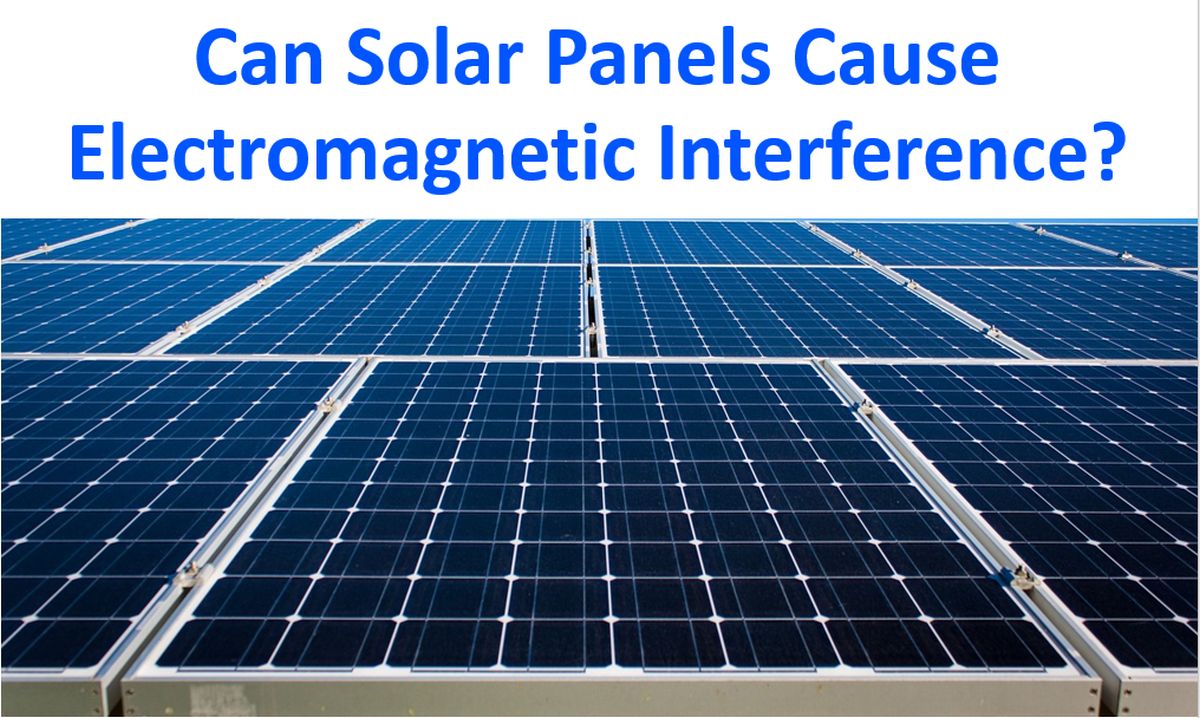Can Solar Panels Cause Electromagnetic Interference?
Can Solar Panels Cause Electromagnetic Interference?
Just read on Twitter that one Ham Radio operator elsewhere was quite worried when his neighbour was installing solar panels as the distance from his QTH was just one meter! He also noted in a series of tweets that there was no interference after the neighbour’s solar panels were connected to the grid and activated. It was attributed to the good quality of the microinverters near the panels, which were compliant with the rules. Another ham reacted to the tweets saying that more people should be reading that and buying the right stuff! These tweets made me check on how the solar panels could interfere with Ham Radio and other communications.

I read that solar panels installed on your roof can interfere with reception of TV, cell phone and WiFi by direct physical interference by being an obstruction in the line of sight, though the solar panels do not emit any radiation. Another aspect to be considered is that even though solar panels themselves do not emit any radiation, the inverters installed along with the solar panels do. Inverters are needed to convert the direct current generated by the solar panels to alternating current for the grid and home use. But this is usually taken care of by shielding the inverter and wires during installation. That explains why the ham radio operator mentioned in the introduction did not have any intereference in his radio after his neighbour installed solar panels which was very near to his home!
According to a document published at the US National Renewable Energy Laboratory website, inverters produce only extremely low frequency electromagnetic interference similar to electrical appliances. At a distance of 150 feet from the inverters, the electromagnetic field is near background levels. Interference can be reduced by proper inverter enclosure grounding, filtering and circuit layout. It is also mentioned that no interference is expected above 1 MHz. Even at lower frequencies between 100 kHz and 1 MHz, risk of interference is low because of the extremely long wavelengths limiting propagation of the signal. Exceptions to this general rule has also been mentioned because some power electronics equipment operate at a higher frequency. But regulatory requirements ensure that the radiation at 100 feet is not more than that of a cell phone at one mile. This brings us back to the opinion of the second ham that everyone should use proper devices meeting the regulatory requirements.